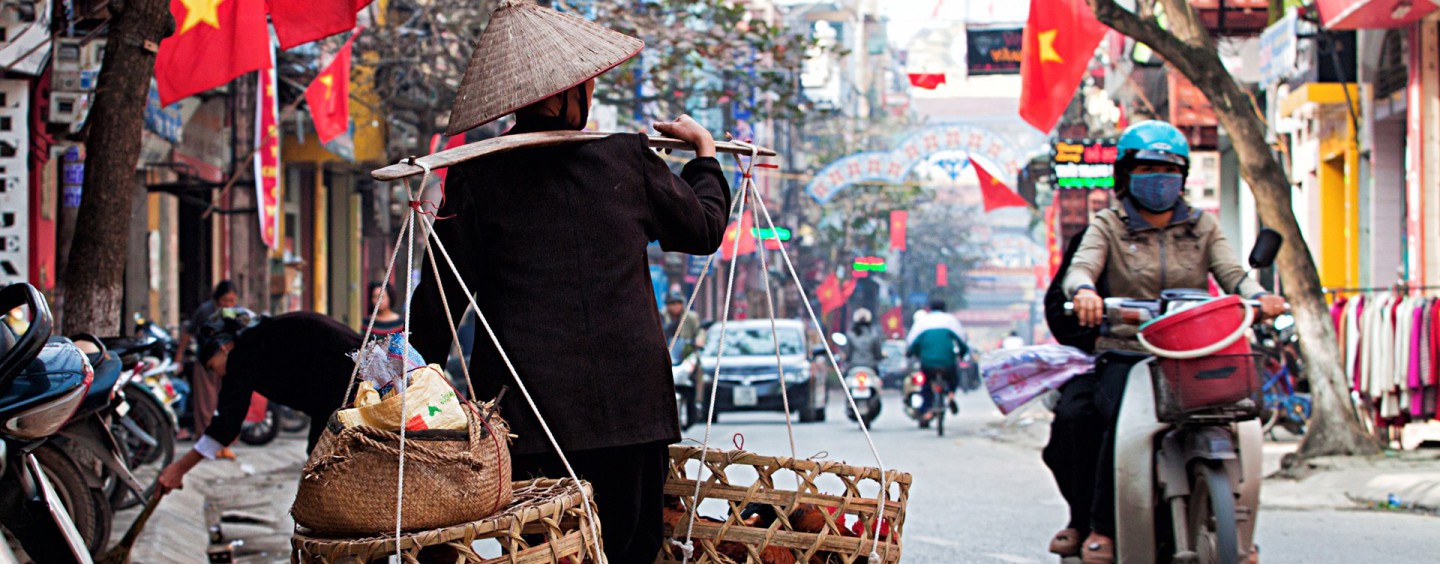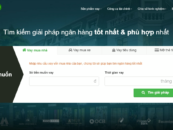
Mobile Drives Internet Penetration and Habits in Vietnam, Says New Study
by Fintech News Singapore May 14, 2016In Vietnam, mobile is driving Internet penetration and is changing the habits of online consumer, significantly impacting two key consumer groups: users in rural areas, and consumers aged over 35 years, according to a new market research.
 The study, conducted by Cimigo, found that in 2015, mobile phone and smartphone penetration reached 69% in Vietnam amongst those aged 15 years and over, while Internet penetration reached 48%.
The study, conducted by Cimigo, found that in 2015, mobile phone and smartphone penetration reached 69% in Vietnam amongst those aged 15 years and over, while Internet penetration reached 48%.
In 10 years, mobile penetration grew by over 30% and Internet penetration by 35%. These figures show that Vietnamese consumers are increasingly more connected as mobile phones and smartphones are spreading across all segments of the population.
For many consumers, their first online experience was via mobile, leapfrogging other devices. In fact, online mobile page views have grown exponentially, accounting for 1 in 4 page views at the end of 2015.
Mobile audiences for video streaming as well have grown exponentially, and the report suggests that “the convergence of video of mobile, which when married with local media content and efficient streaming, will reap huge rewards.”

The rise of e-commerce
While Vietnam remains a cash dominant economy, the digital payments scene is getting more and more crowded with over 20 e-payment and e-cash service providers competing for Vietnam’s e-commerce industry, which counts over 50,000 e-commerce sites.
In Vietnam, e- and m-commerce users are still concentrated in the two biggest cities in Vietnam: Hanoi and Ho Chi Minh City, according to a report by the International Finance Corporation of the World Bank Group.
Regardless, search engines, social networks and chat apps are paving the way to new markets and novice users outside of these two primary cities. E- and m-commerce is demonstrating potential to reach the broader population despite the gap in payments and banking.
Popular e-commerce sites such as Lazada and Zalora provide the convenience of cash on delivery, suiting well with local habits.
Recently, Chinese Internet giant Alibaba bought a US$1 billion controlling stake in Lazada as it looks to conquer Southeast Asia’s e-commerce industry.
In terms of online shopping habits, Vietnamese people mostly purchase products and services related to gaming, utilities, mobile top-up, fashion, travel, health supplements and household appliances.
Other consumer trends
Cimigo also found that the number of high-income households doubled between 2005 and 2015. Over the same period, the size of the economy has nearly tripled to US$175 billion.
Household structure has changed as well with 44% having no children in 2015, compared to 33% in 2005.
Traditional grocery stores still count for over 80% of grocery sales because they are ubiquitous and very convenient in many ways, and that purchasers often maintain long term and trusting relationships with sellers.
Health remains as a top priority for consumers. That said, spending has shifted to superficial, misguided consumer reactions, leading to a rise in purchases of products such as traditional remedies and supplements.
Consumer finance has been on the rise, mainly due to the fact the increasing number of companies that are providing quick approval processes for unsecured loans.
Read Cimigo’s ‘Vietnam Consumer Trends 2016’ report: http://blog.cimigo.com/vietnam-consumer-market-trends-2016/
Featured image: Hanoi, Vietnam, by John Bill, via Shutterstock.





